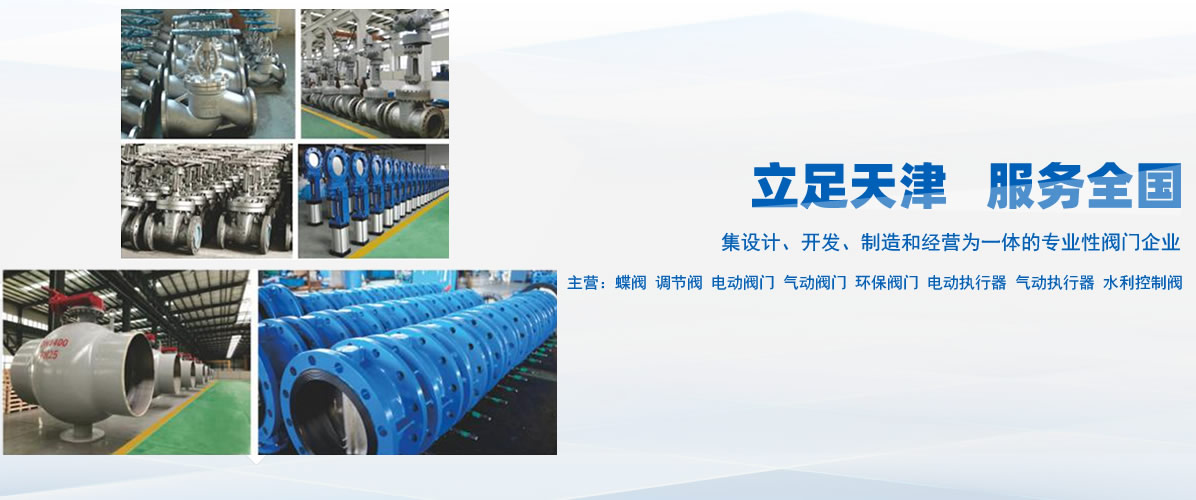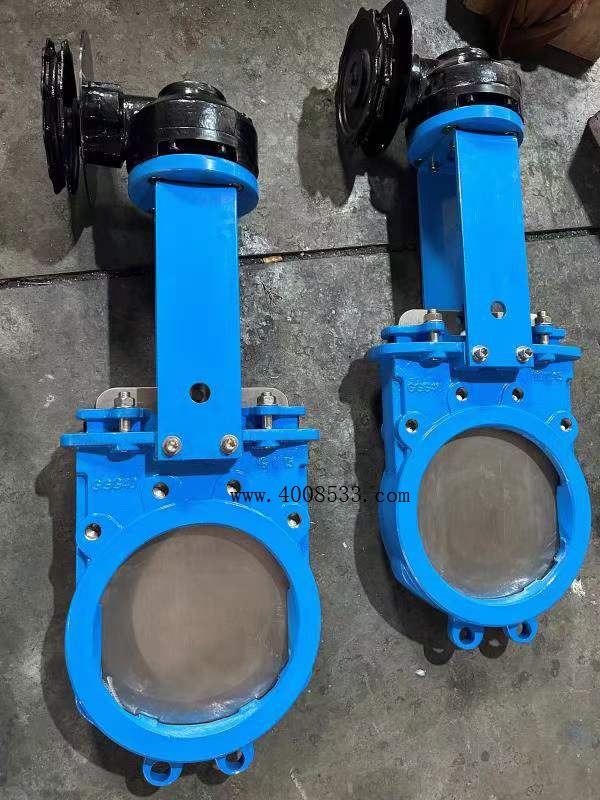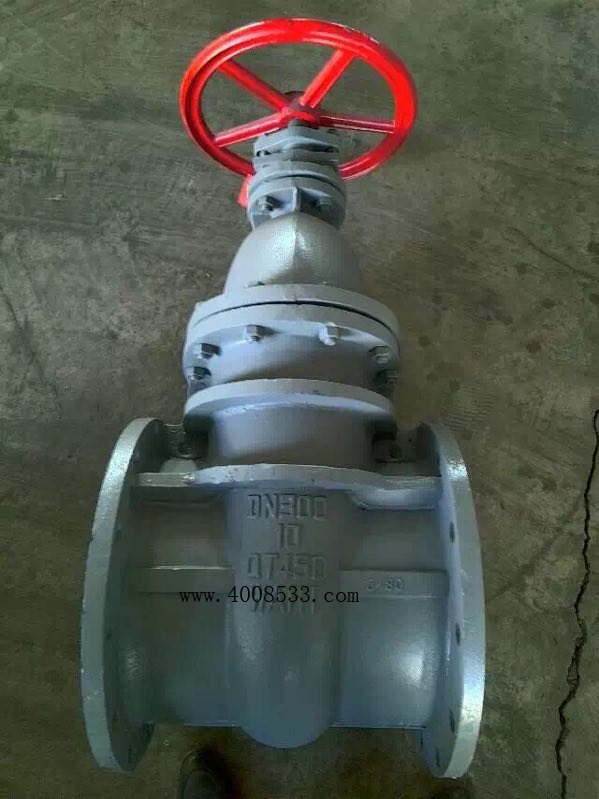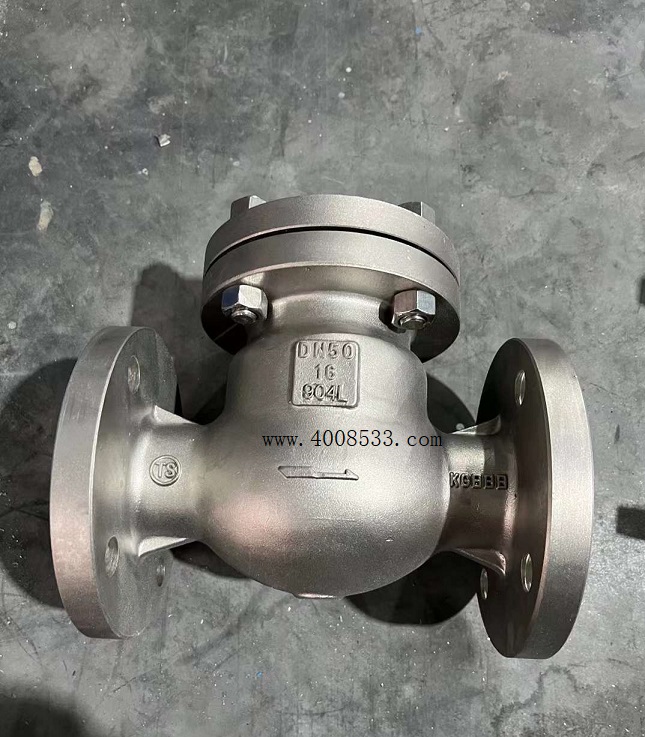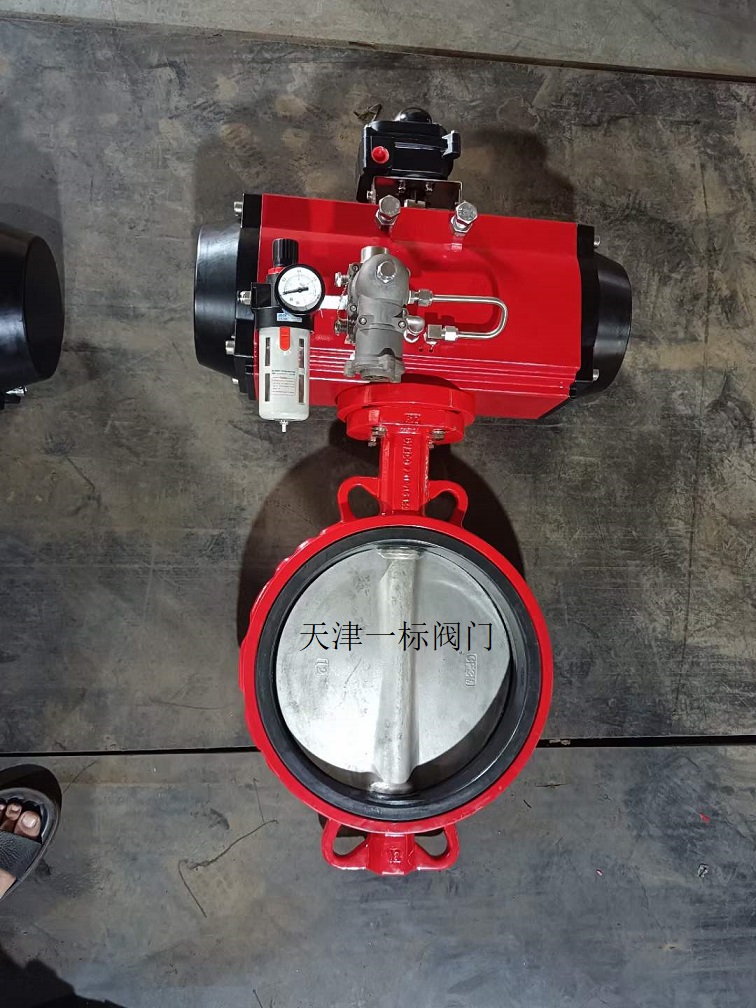Gas flame arrester
Gas flame arrester is a safety device used to prevent the spread of flames in gas (flammable and explosive gas) pipelines, widely used in coal mines, petrochemicals, gas transportation and other fields. The following is its key information:
1、 Core functions and classification
Working principle
By changing direction channels and cooling to extinguish flames: Three or more layers of copper wire are stacked to form a changing direction channel, and the flame speed decreases when passing through. The copper wire mesh cools and extinguishes the flame.
Thermal conductor narrow slot flameout: using the narrow pores of metal corrugated plates or wire mesh to quickly dissipate flame heat below the ignition point.
Main types
Dry flame arrester: corrugated stainless steel flame retardant layer, suitable for gas discharge systems.
Gas water sealed flame arrester: It isolates explosive waves through a water seal, and the explosion-proof cover automatically releases energy, used in coal mine gas environments.
2、 Key parameters and selection
Typical application scenarios for parameter specification range
Coal mine gas pipeline with nominal diameter of DN50mm-DN500 (some models up to DN800)
Pressure rating PN1.0MPa-5.0MPa (customized up to 10MPa) chemical high-pressure pipeline
Temperature range -196 ℃~+480 ℃ (special models up to 538 ℃) High temperature oil and gas transportation
Fireproof speed 1425m/s (limit 1605m/s) acetylene/hydrogen pipeline
3、 Key points for installation and maintenance
Installation requirements
Directionality: The arrow should be aligned with the flow direction of the medium, reverse installation may cause failure.
Location selection: Close to fire sources or flashback risk points to avoid water accumulation in concave areas of pipelines.
Maintain standards
Regularly clean the ash accumulation in the flame retardant core and check whether the corrugated board is deformed.
Flange connections require the use of high-temperature resistant gaskets (such as graphite) and symmetrical tightening of bolts.
4、 Typical application scenarios
Coal mine safety: Gas drainage system prevents backfire explosion and protects underground equipment.
Petrochemical industry: Tank emptying pipelines and flare systems block external flames.

The selected flame arrester should have a safe flame blocking speed greater than the flame propagation speed that may be achieved at the installation location.
When there are no other anti backfire facilities, a flame arrester should be installed in the combustible gas delivery pipeline connected to the burner.
3. To prevent flames propagating at subsonic speeds, flame arresters should be used, and their installation location should be close to the fire source;
4. Flame arresters that prevent propagation at supersonic or supersonic speeds should be used, and their installation location should be away from the fire source.
5. Flame arresters with different nominal diameters require different installation distances from the fire source.
6. Flame arresters used in cold regions should be equipped with partially or fully heated casings, or other heat tracing methods can be used.
7. In special circumstances, flame arresters with interfaces such as flushing pipes, pressure gauges, thermometers, and drain outlets can be selected as needed.
When the nominal diameter of the flame arrester installed at the pipe end is less than DN50, threaded connection should be used; When the nominal diameter is greater than or equal to DN50, flange connection should be used.
9. Flame arresters installed in pipelines should be connected with flanges.
10. The flame arrester installed at the end of the pipe should be equipped with a rain proof ventilation cover that can be automatically opened.
11. Flame arresters on each branch of the gas phase connecting pipeline between storage tanks should be of the explosion resistant type.





